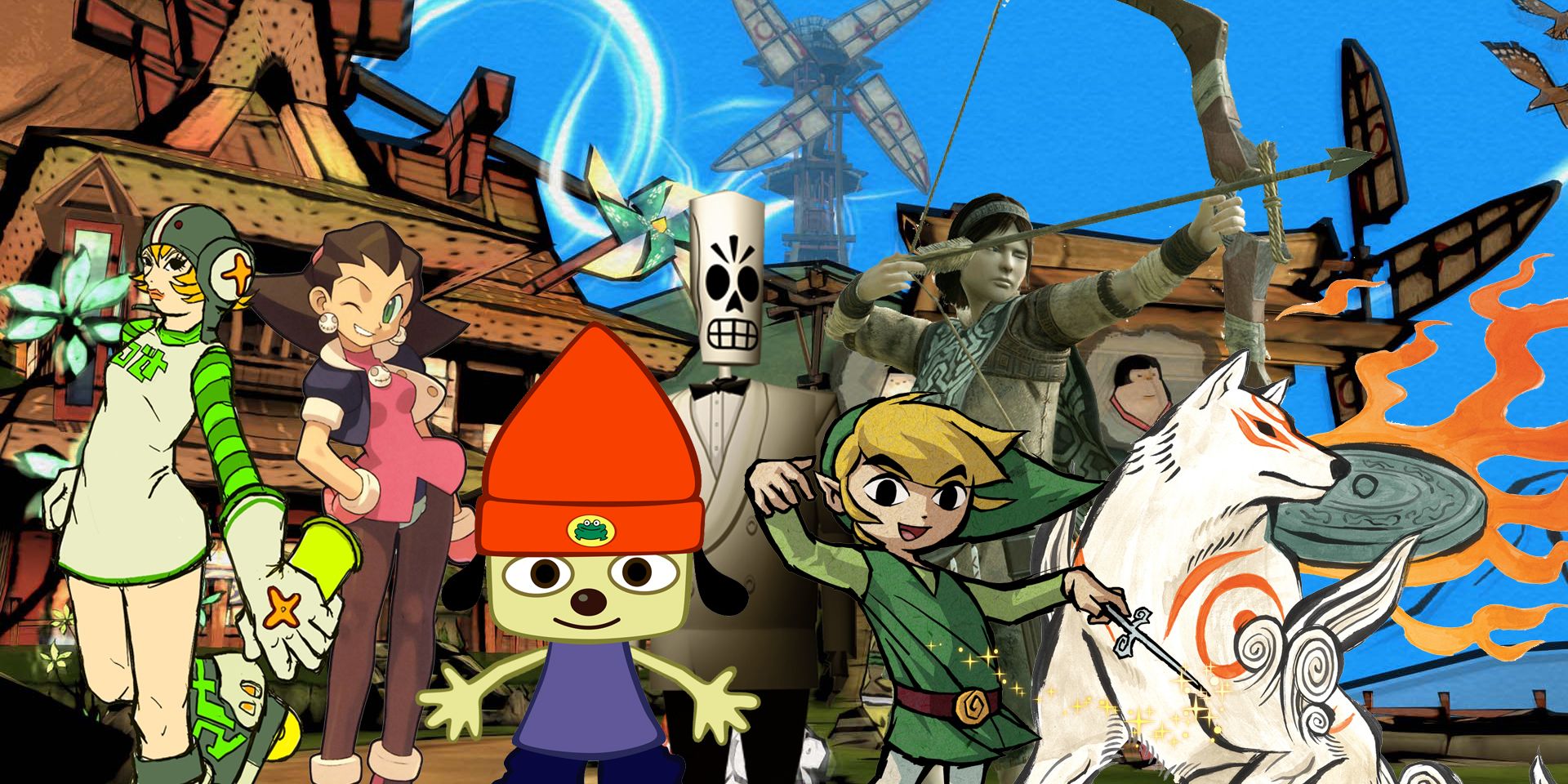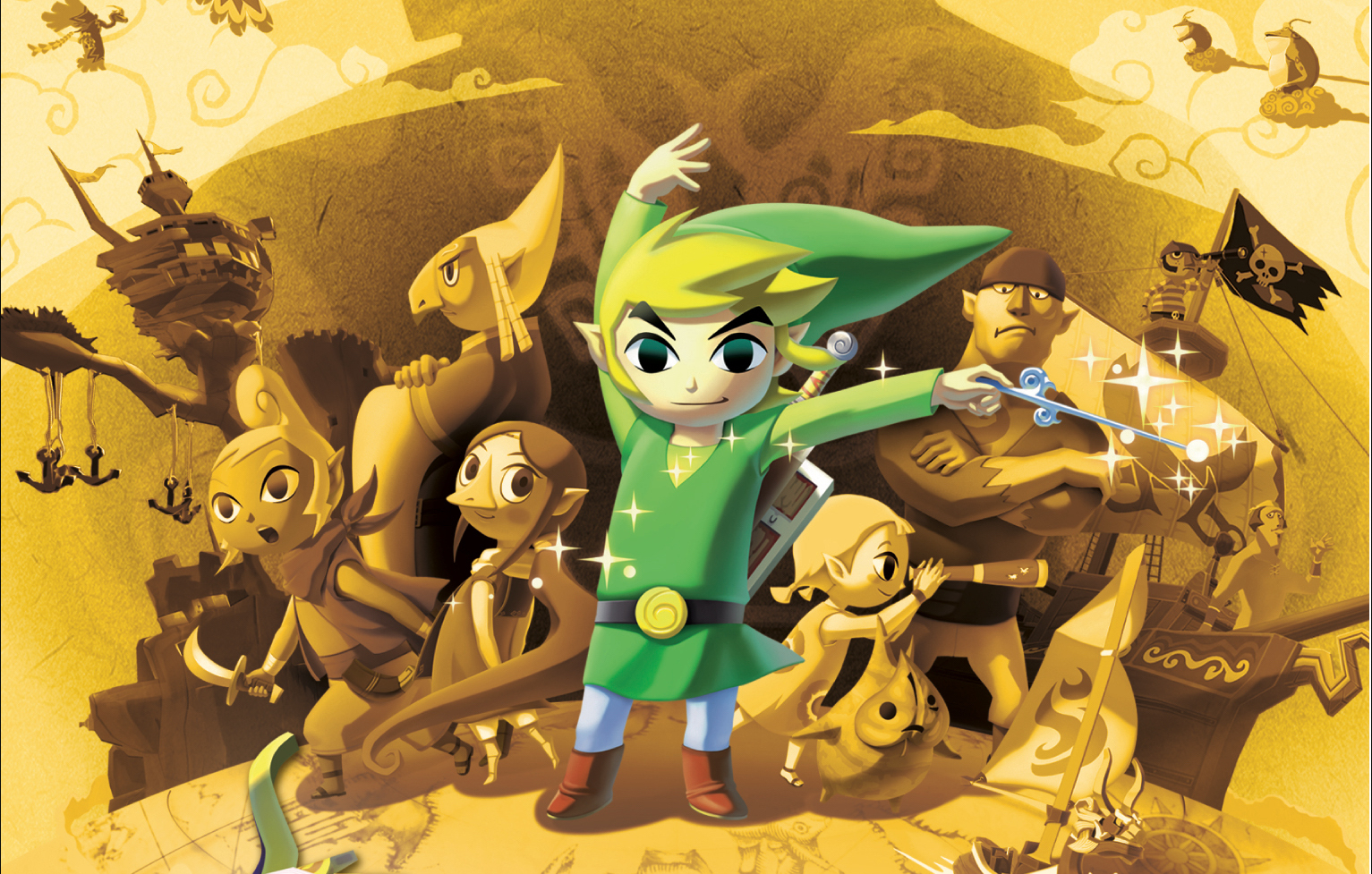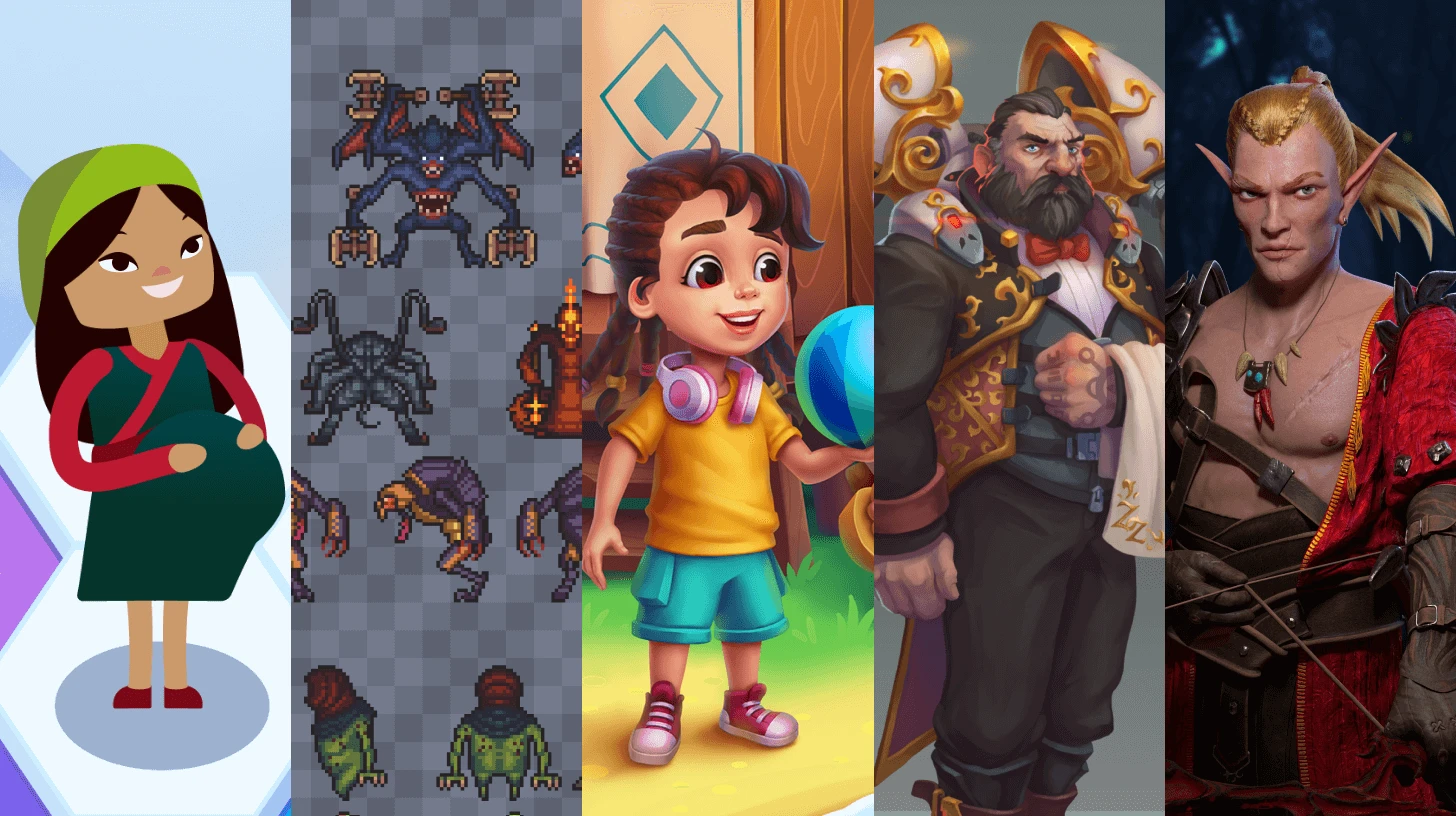Game development in the U.S. East Coast has always had its own flavor: creative, fast-paced, and tightly connected to industries like finance, media, and education. From the vibrant boroughs of New York City to the tech-savvy campuses of Boston and the emerging talent hubs in Philadelphia and Washington, D.C., game studios here are growing fast and thinking smart.
But there’s a major shift happening. More and more East Coast developers are embracing hybrid teams, a mix of in-house creatives and remote collaborators. Why? Because the race to produce next-gen games is heating up, and flexibility, speed, and access to top-tier global talent are no longer optional. They’re essential. Especially when it comes to accessing professional AAA game art services that elevate visual storytelling to the next level.
What Are Hybrid Teams, and Why Do They Work?
Hybrid teams combine local, on-site developers with remote artists, animators, designers, and engineers. Think of it as the best of both worlds: the creative chemistry of a co-located team and the expansive reach of a global network of experts.
For game developers on the East Coast, this setup offers unparalleled versatility. A studio in Boston can build its core gameplay mechanics in-house while outsourcing complex visual effects to a professional AAA game art service in Europe or Asia. The result? Faster delivery, reduced burnout, and world-class visuals all without blowing the budget.
The East Coast Advantage: Innovation Meets Agility
Cities like New York and Boston are packed with top-tier creative and tech talent. But hiring locally has become increasingly competitive and expensive. By adding remote professionals into the mix, studios gain the ability to scale rapidly without sacrificing quality.
Philadelphia and Baltimore, too, are seeing a rise in indie dev studios who can’t afford a full in-house staff but still want AAA polish. Hybrid teams allow them to punch above their weight by integrating professional AAA game art services into their pipelines and getting access to character designers, level artists, and rigging experts that once seemed out of reach.

What Hybrid Game Development Looks Like in Practice
Let’s break down a real-world example. Say a New York-based studio is working on a cyberpunk narrative game. The story, UI/UX, and core mechanics are handled in-house. But the 3D cityscapes? Those are designed by an architectural art team in Poland. The character animations? Outsourced to a motion capture group in Brazil.
All of this is managed through version-controlled workflows, daily standups via Slack or Zoom, and shared visual dashboards. What ties it all together? A trusted partner offering professional AAA game art services, ensuring the outsourced components align seamlessly with the studio’s creative direction.
Tech Tools That Make Hybrid Collaboration Possible
Hybrid teams wouldn’t be possible without the right tools. Cloud-based platforms like ShotGrid, Frame.io, and Miri make real-time collaboration possible even across time zones. Engine-level integrations with Unreal Engine 5 and Unity allow art assets and code to be tested simultaneously, reducing costly back-and-forth.
East Coast developers are leaning into these tech stacks. Whether it’s asynchronous communication using Trello boards or real-time feedback through Figma mockups, the workflows are evolving and they’re built to support the flexibility that hybrid teams demand.
AAA Art Quality, Without the AAA Overhead
There was a time when only massive studios could afford AAA-quality visuals. But that barrier has broken down. Now, even small- to midsize teams can achieve that level of polish by working with specialized partners that offer professional AAA game art services.
These services bring in the heavy artillery: detailed concept art, next-gen shaders, stylized characters, motion-captured animations, and cinematic environments. For East Coast developers, it’s a shortcut to production value that competes globally even if your team is still working from a loft in Brooklyn.
Cultural Diversity Leads to Richer Game Worlds
One often overlooked benefit of hybrid teams is cultural cross-pollination. Working with artists and animators from different backgrounds introduces unique styles, mythologies, and visual references into your game’s DNA.
East Coast studios, especially those working on narrative or world-building genres, thrive on this richness. A horror game coming out of Boston might include environmental assets created by Eastern European artists inspired by Slavic folklore. A music rhythm game from Philadelphia could get its animated cutscenes styled by a South Korean studio. That’s the kind of creative fusion that resonates with today’s global players and professional AAA game art services make it possible.
Real Success Stories from East Coast Game Developers
Let’s look at a few stories:
- A Brooklyn-based indie dev used a hybrid team to launch a puzzle adventure game in under six months. The studio focused on gameplay and storytelling while an external team built all the background art and cinematic lighting effects. The result? A visually stunning Steam debut that hit the “New & Trending” list.
- In Boston, a mid-sized studio created a sci-fi RPG by partnering with a professional AAA game art service specializing in armor and creature design. Not only did the visuals turn heads, but the game also landed a publishing deal at PAX East, thanks in part to its polished vertical slice.
- A university-based team in Washington, D.C. used hybrid collaboration to build a VR educational game in just three months, outsourcing their UI/UX and audio design while keeping their core mechanics local. It now runs in several museums on the East Coast.

Challenges: What to Watch for When Going Hybrid
No system is perfect. Hybrid workflows come with their own set of challenges chiefly time zone differences, communication hiccups, and syncing expectations across teams.
To tackle this, East Coast studios are investing in clearer documentation, better onboarding systems for remote contractors, and closer partnerships with their professional AAA game art service providers. Having a dedicated project manager or art director oversee outsourced work can be the key to ensuring nothing gets lost in translation.
The result? A system that’s lean, agile, and production-ready.
Final Thoughts
The future of game development isn’t fully in-house or fully remote; it’s somewhere in between. And for East Coast developers, that hybrid model is proving to be a game-changer.
By combining the deep creative culture of cities like New York and Boston with the scale and specialization of professional AAA game art services, studios are building better games, faster. They’re also staying lean, avoiding crunch, and giving their teams space to innovate instead of constantly firefighting.
And let’s not forget monetization. how do you make money in Roblox? By building engaging, polished, and repeatable experiences. Hybrid teams allow small dev shops to meet AAA standards in platforms like Roblox, Fortnite Creative, and Core without the overhead.
In a world where players demand more, faster, and better hybrid teams give East Coast developers the edge they need to deliver.

Leave a Reply